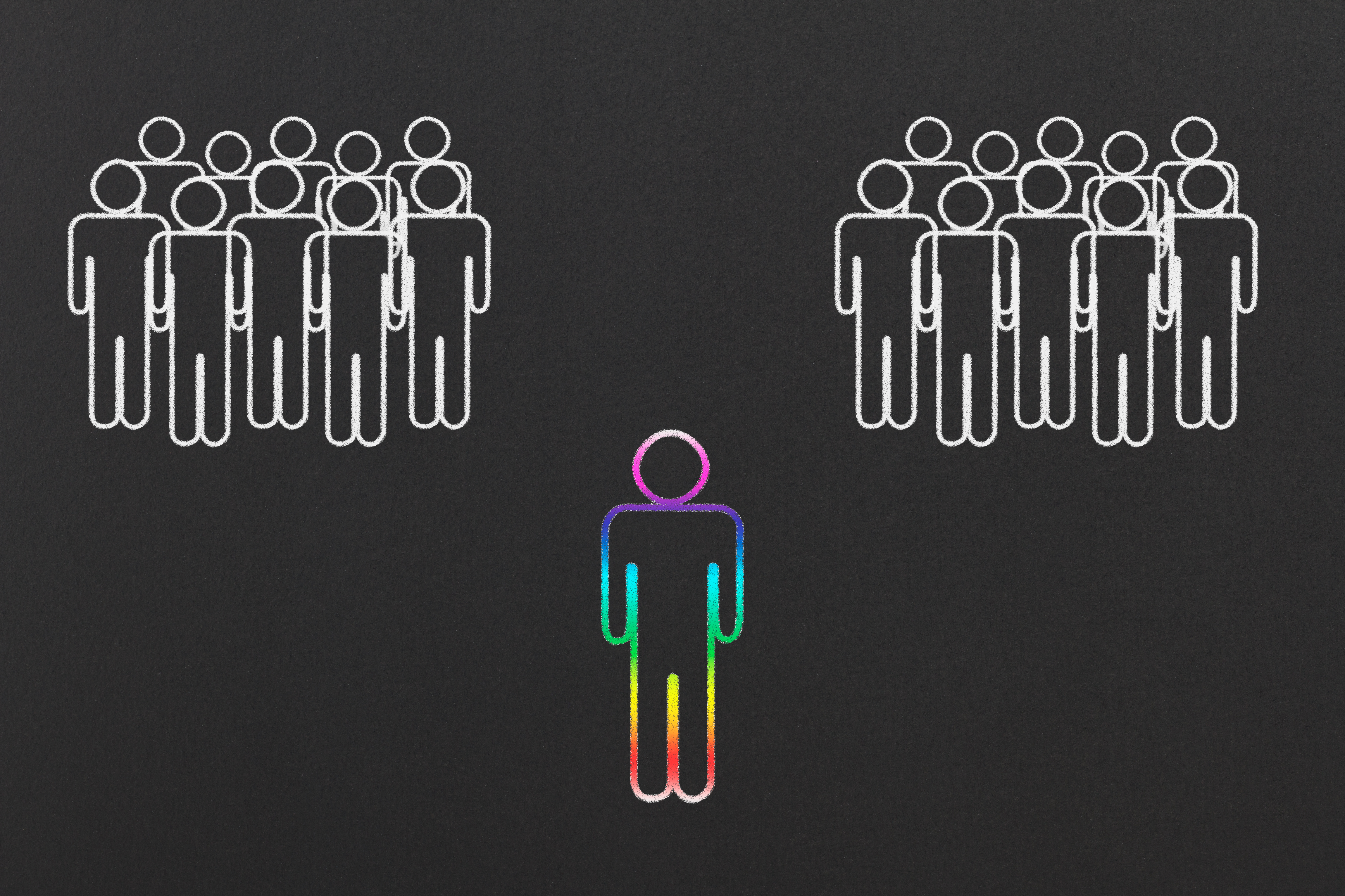
3 Simple Steps to Accelerate Your Sales Process
October 15, 2015Emotions play a powerful role in the buying experience. If we can pinpoint what emotionally motivates prospects in the industries that we are focused on, then we can generate marketing content and sales conversations that are meaningful to them. This will ultimately lead to the elusive and coveted position of differentiation in a saturated marketplace.
When partners are asked the question: “Why are you different?” Typically, most will retort a logical or rational differentiation answer, sounding something like:
“We have a phenomenal product, a fantastic reputation locally and geographically, and great people who have been in the industry for years. Most importantly, we have the right price point.”
But when I talk to buyers and ask the question: “What do you feel differentiates one potential vendor from another?” , customers use a very different set of vocabulary to describe the differences. A typical customer response to this questions would be:
“The vendor really understands our industry and I felt good about the engagement experience I’ve have with them so far. The vendor was able to clearly communicate how the solutions they offered had impacted other organizations that look like ours.”
That’s Emotional Differentiation.
When you think about logical versus emotional differentiation, think about an iceberg. The tip of the iceberg sitting above the water line is the logical representation – the piece that we can see, we can touch and we can feel. It’s actually what sits below the water line, the emotional component of that decision making process that’s most important. 
6 Emotions That Should Influence Your Marketing Strategy
Studies prove emotional campaigns are almost twice as likely to generate large profit gains than rational ones. As human beings we can experience a wide range of emotions from bliss to despair, but there’s only a handful of emotions that are responsible for creating and triggering memories. It’s these six emotions that we have to think about if we want to be memorable when engaging with the prospect:
- Fear
- Joy
- Anger
- Sadness
- Disgust
- Surprise
The three emotions that we really want to focus on when we start to contemplate how we are going to create messaging in dialogues with prospects are:
- Fear
- Joy
- Surprise
Understand Customers’ Market Forces and Be Ready with Different Solutions
The first step in emotional messaging is understanding and documenting what external industry drivers and market forces are at play in the industry that we’re focusing on. This generally will fall into one of five categories, in order of emotional significance:
- The Economy
- Regulatory Compliance/Changes
- Suppliers
- Competitors
- Customers
Let’s consider these five market forces for a Professional Services firm in the architecture, engineering or construction industry. They don’t have a relationship with the economy, but I can guarantee they have a relationship (positive or negative) with their competitors and they certainly have a relationship with their customers. The closer we get to the bottom of this stack, the more emotionally relevant the conversations become.
The Economy
What is happening at an economic level that is having an impact on the industry that we’re working in? Now, we don’t really have an emotional or personal relationship with the economy, which is why it’s on the top of the list. At an economic level, the engineering firm is starting to see a recovery, which means there’s more opportunities to bid on. They will need to staff up because they had to let people go for the last 4 to 5 years since the recession.
The Regulatory
What is happening at a regulatory level that is forcing our target prospects to do something different? For the engineering firm, at a regulatory level, there are all kinds of changes. There’s the building codes all over the world that they need to educate their people on. They will have to be compliant or there’s going to be some form of consequence.
The Supplier
What are the suppliers that work within that ecosystem or that industry? How are they changing in ways that are putting pressure on our target industry?
The Competitor
What are the competitors doing within that given industry that are going to put pressure on our target prospect? At a competitive level for this engineering firm, there is now a tremendous amount of competition from new entrants into the marketplace. There are competitors who have developed specialty skills in sustainable building, in ecological building and have even created new products that they use to support their engineering. This is putting pressure on the firm and their ability to win more business.
The Customer
The last and most important from an emotional perspective is customers changing their behavior. What are customers in that industry doing that is putting significant pressure on our target prospects? At the customer level, there’s no question that there are significant shifts in demand. Not only are customers demanding more sustainable or ecological building, but they’re actually demanding it at a price point that’s lower than what the firm produced traditional buildings.
All of those external impacts will put a tremendous amount of pressure on the leadership and senior executives of this engineering firm. Now they can’t change the economy, the regulatory, the supplier behavior, or the competitive behavior and they very seldom can change their customer’s behavior. They have to react to it and that’s the key. As these forces continue to compel organizations to adjust, you will see material changes to some of their operating impacts.
During these changes, their win rate may go down, their pipeline may go up, their project profitability may go down, their compliance training may go up. So each of these forces is going to have a material impact on individual key operating metrics. Most organizations can survive just fine with all of those different forces, but at some point there will be more pressure than before and it will result in a trigger event – making them seek a solution from your business.
Capitalizing on Emotional Trigger Events Creates Differentiation
My belief is that every project that you ever pursued – whether you won or you lost – had an emotional trigger event behind it. Most of the time, you never figure out what it is. An emotional trigger event is a very discrete experience. A minute before it didn’t exist, a minute after they’re now starting to react to it.
Imagine you are going to focus on the particular sector of architects and engineers and construction firms. You know what all of the external industry drivers are and you know what key operating metrics are being impacted by. You also know how those show up in relation to an emotional trigger event within that industry and how you are going to functionally solve that problem.
Your Next Step: Assess Your Emotional Engagement
Neural Impact has developed a proprietary Emotional Messaging Framework that helps you get to the root of what your prospects truly care about, then convert that understanding into digital assets that emotionally resonate with your target industry. Emotional Marketing drives relevance, differentiation, and a steady flow of engaged prospects.
Start with an assessment of your current marketing messaging with an Emotional Digital Engagement Website Audit today! The emotional website audit will assess if your digital content truly engages with prospects. Once you have this information, Mark Stuyt, Chief Engagement Officer can help transform your content and drive focused emotional messages with an on-site Emotional Engagement Workshop to inline your emotional marketing and sales strategy/execution.



